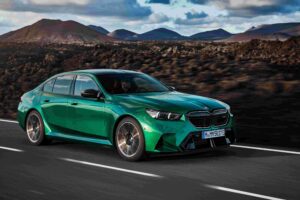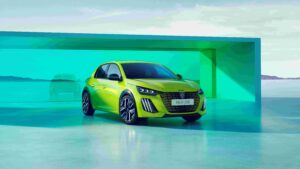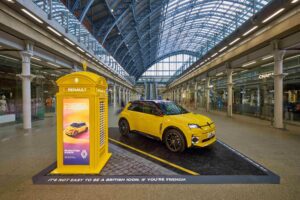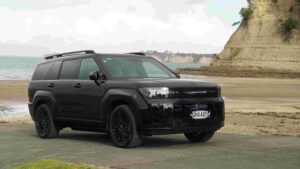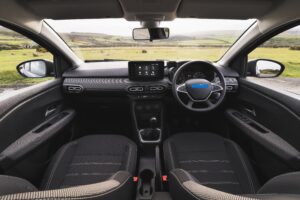It was about a year ago when we attended the Mini Aceman reveal and also spoke with head designer Oliver Heilmer. Anyway the model itself has been made and more announcements on the vehicle are due shortly. In the meantime, here’s another interview with the man himself, Oliver.
Mr. Heilmer, when you joined MINI in 2017, how did you set about developing a vision to lead the models into the future?
Given that MINI is a very traditional brand, the question was: how do you evolve a brand like this into the future? To answer that, we went right back to the birth of the classic Mini to understand the spirit of Sir Alec Issigonis and derive from this where the MINI brand is heading in today’s context. The next step was to explore the essence of the original Mini together with our very diverse team and derive our own creative mindset. This was our foundation to develop an overall brand design vision to serve as a guiding principle in designing the new products.
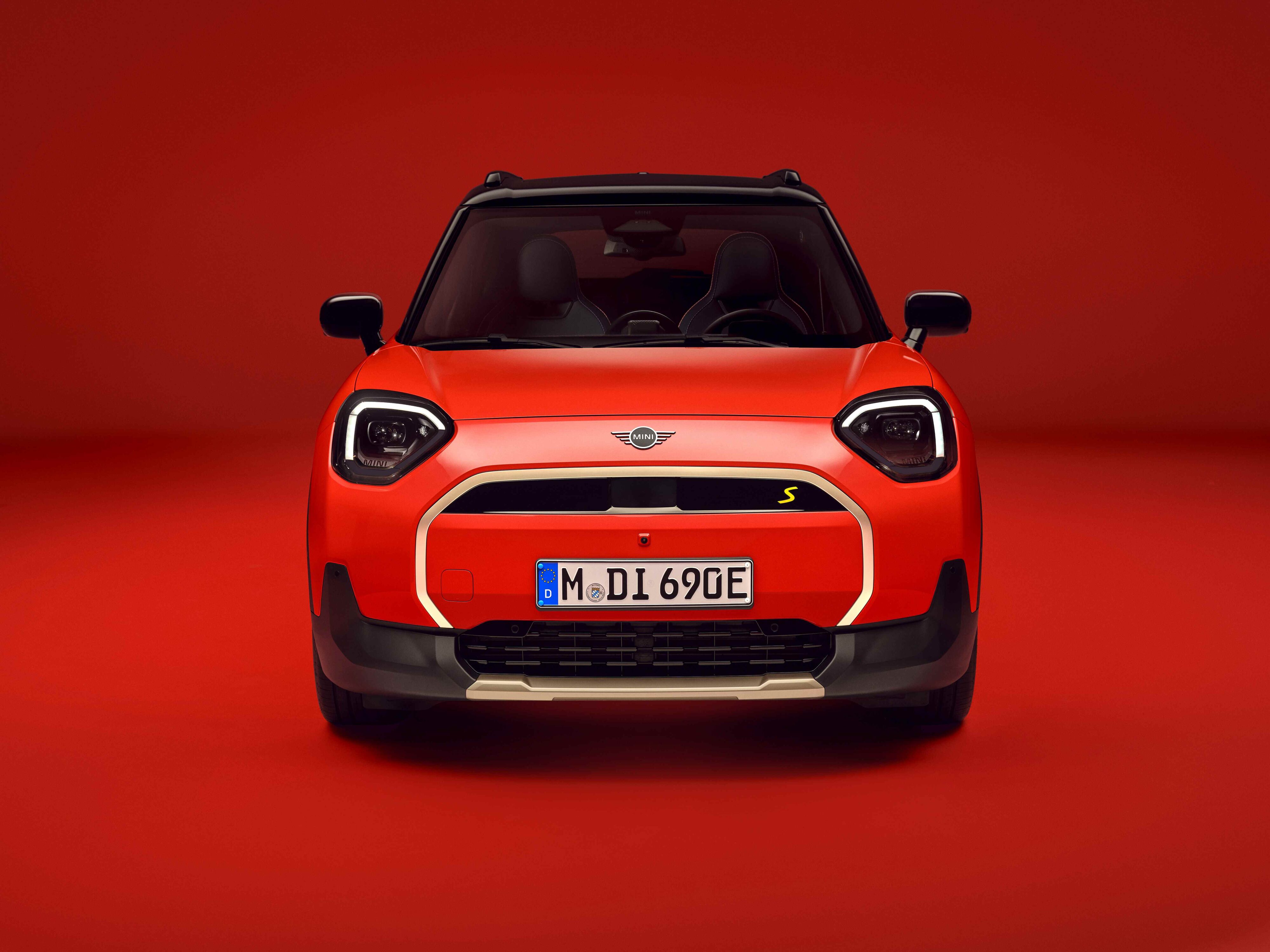
What was your biggest challenge in developing a completely new design language?
The biggest challenge was and still is the profound engagement with the brand’s strong history. The first MINI was an absolute disruption – but that is also part of the story. We could just say that MINI is disruption and let everything that happened before stay in the history books. But that would be to discard the heart of the brand. Instead, we now talk about independent characters – and the MINI Cooper immediately shone as the icon in our eyes. You get closer to the quintessential ethos of the original model: a powerful character, but with as few fancy frills as possible – “Charismatic Simplicity” expresses this.
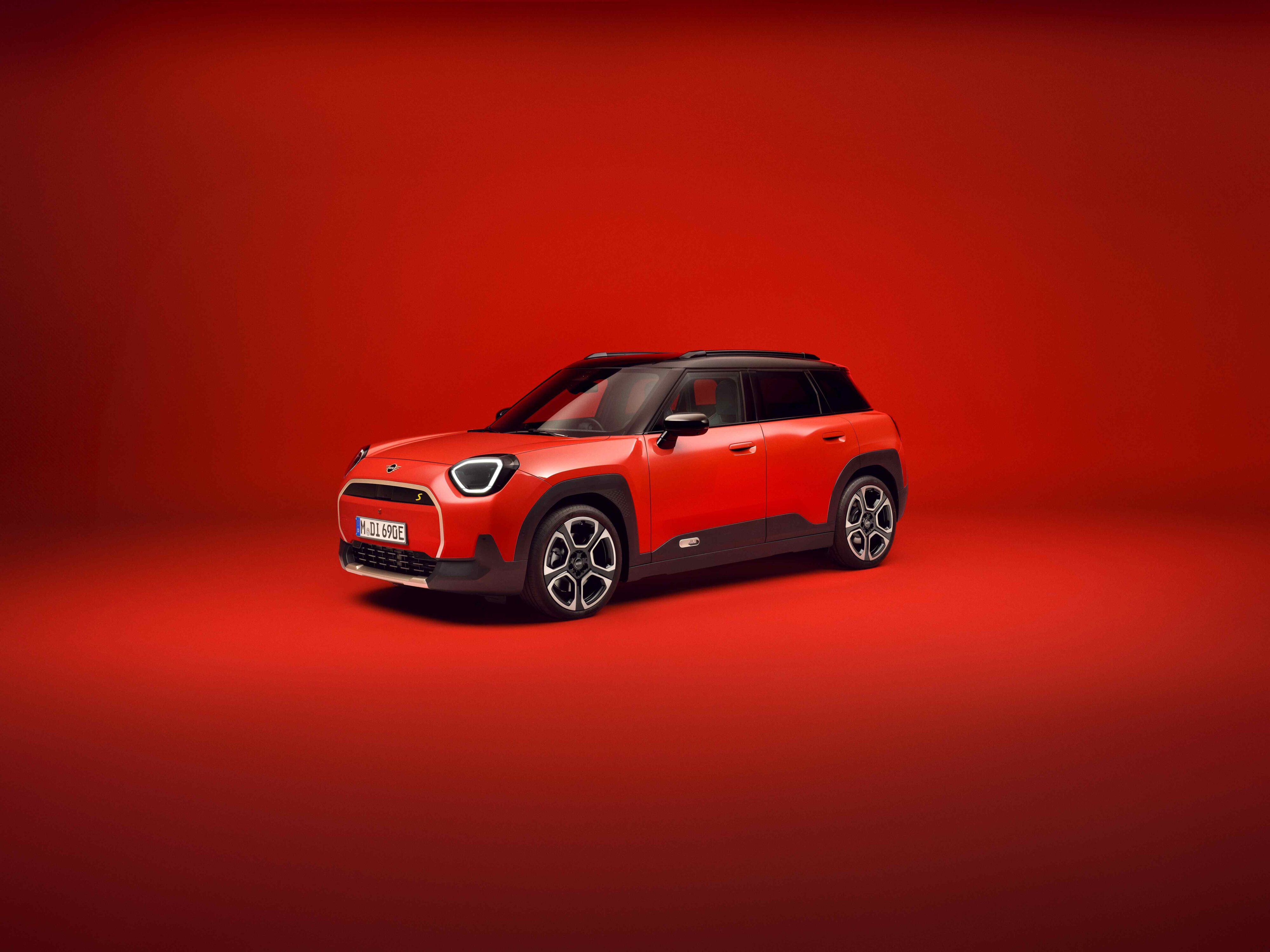
What does the new MINI “Charismatic Simplicity” design language represent and how is this reflected in the new MINI Aceman?
It’s about strong characters and about each family member having their own individual place within the MINI family. For example, the MINI Aceman has a unique design language when viewed from the side, and a unique graphic for the wheel arch trims. It is compact, agile and exudes a determination to forge ahead. That is what highlights this charismatic aspect. At the same time, we have consciously kept away from superfluous stylistic elements. Our challenge was to define a distinctive character with as few design elements as possible.
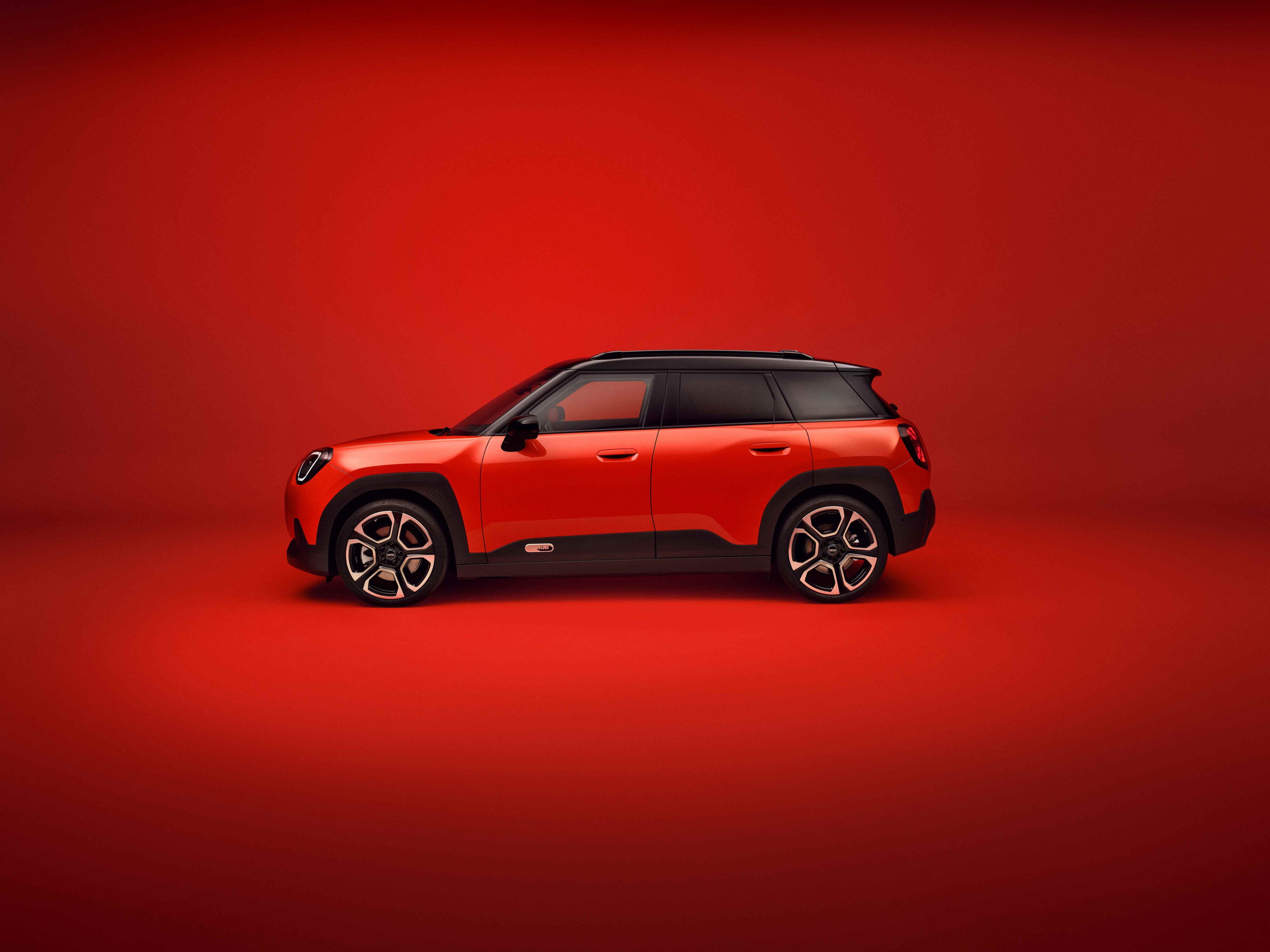
How would you describe the MINI Aceman character?
The MINI Aceman is both a practical and expressive, unique companion in everyday life. It steps out into the world fresh and carefree and takes up its place at the centre of the MINI family. It is an independent character that can be quite ‘edgy’ and appeals to customers who – irrespective of their age – value individuality and distinctiveness in urban spaces.
The MINI Aceman is the first of its kind. What makes the MINI Aceman the signature vehicle for the urban environment?
The MINI Aceman fits perfectly into the urban environment as it reinterprets the classic MINI values in a modern, all-electric crossover format. It offers an elevated seating position that conveys a feeling of safety and a generous amount of space without losing the compactness and manoeuvrability that are the MINI hallmarks.
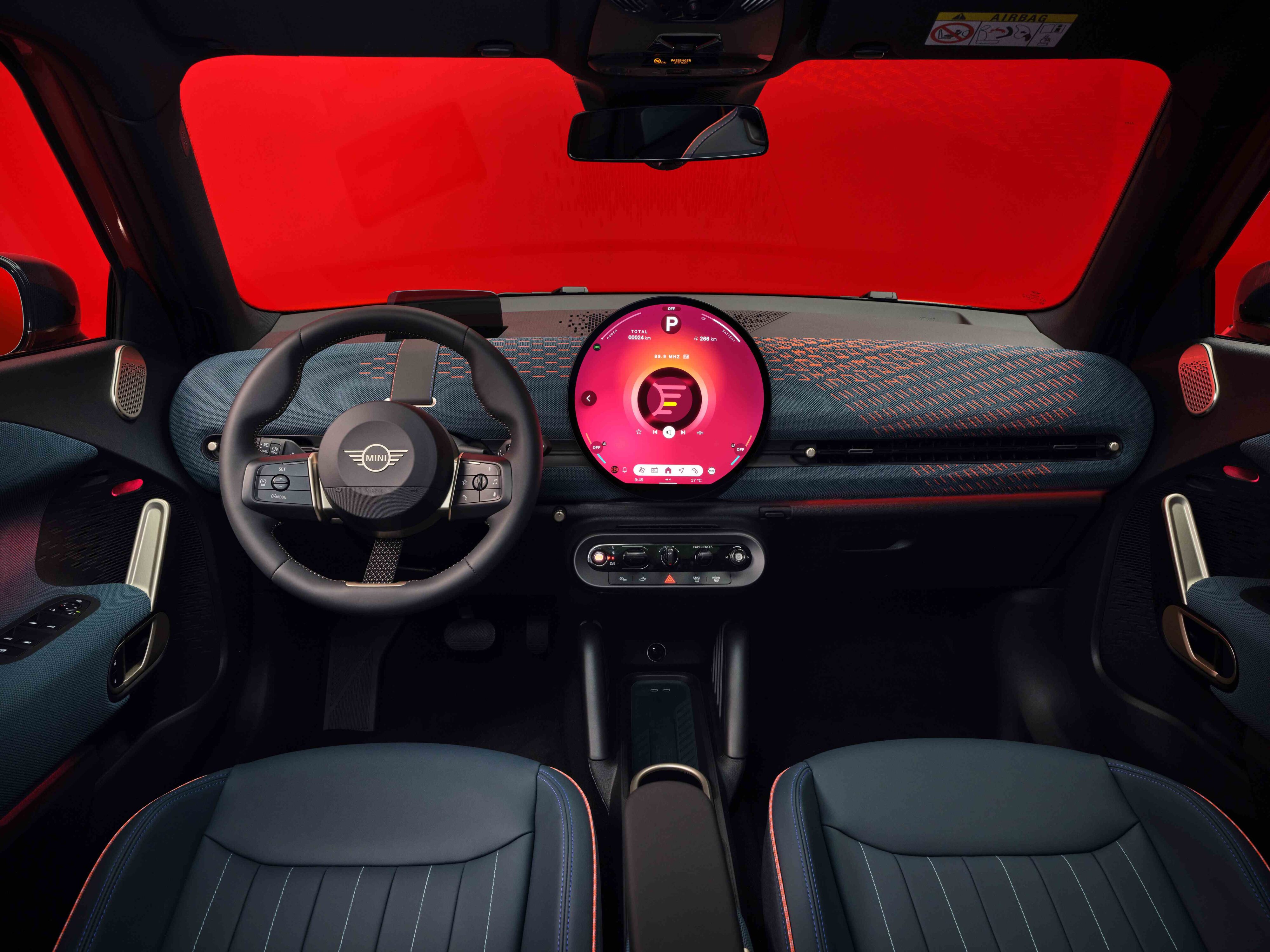
Where do you draw fresh inspiration to develop new MINI models?
Inspiration never happens by chance but comes from a regular and targeted exchange of views within our team, in which each member contributes their inspiring and fascinating experiences. One team member builds skateboards, for example, while another lived on a sailing boat for two years. I would say it is roughly split between direct and indirect inspiration. Indirect inspiration involves everything that fuels a spirit, which comes across in the materials we use as well as in the surfaces and the digital aspects. Direct inspiration is in the architecture or fashion, for example. However, creative debate within the team throughout is crucial.
How do new, sustainably produced materials influence the design process at MINI?
Our brand design vision is based on our “creative mindset”, which consists of four guiding values: heartbeat, curiosity, responsibility and daredevil. These values stand for our basic principles such as heritage, curiosity for the new, sustainability and the courage to stand out from the crowd. For us, sustainability and the responsible use of resources have nothing to do with compromise, but rather exploring new possibilities in our creative process. Instead of materials such as leather, we use alternative technologies that allow more design freedom and individualisation, for example through using patterns or two-tone colours. The 3D knit is an example of one of the central design elements inspired by the sneaker industry. We are also replacing elements: for example, chrome with our new Vibrant Silver colour for aesthetic reasons.
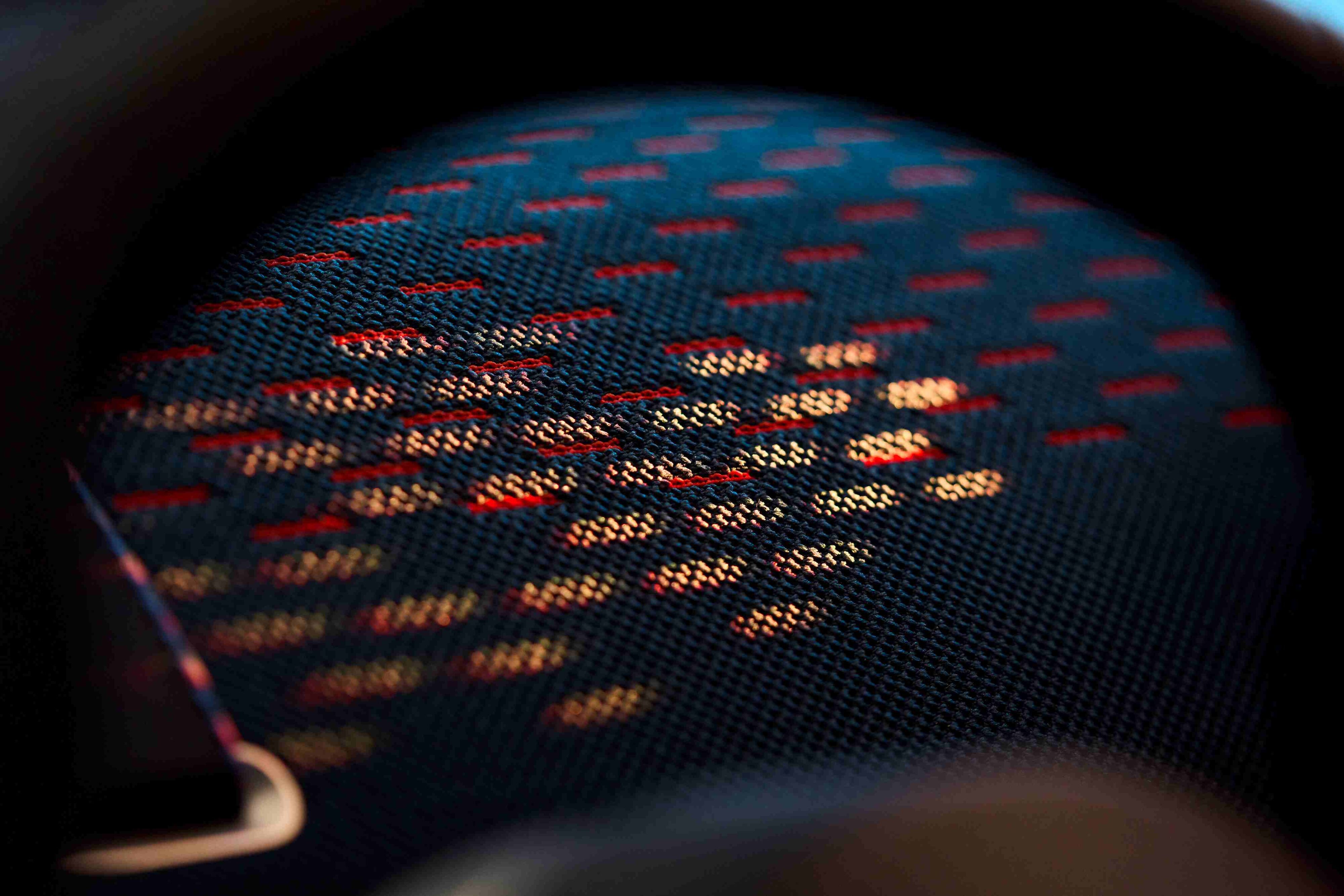
Which of the MINI Aceman design innovations are you particularly proud of?
Two things in particular, and they are both about size. The MINI Aceman is very compact because of its very short overhangs at the front and rear. Even so, the vehicle is extremely safe. This is the result of truly outstanding engineering work. But it’s not just the things you can see that make it special. I would also make particular mention of how the sense of space is brought throughout the interior to achieve maximum lightness.
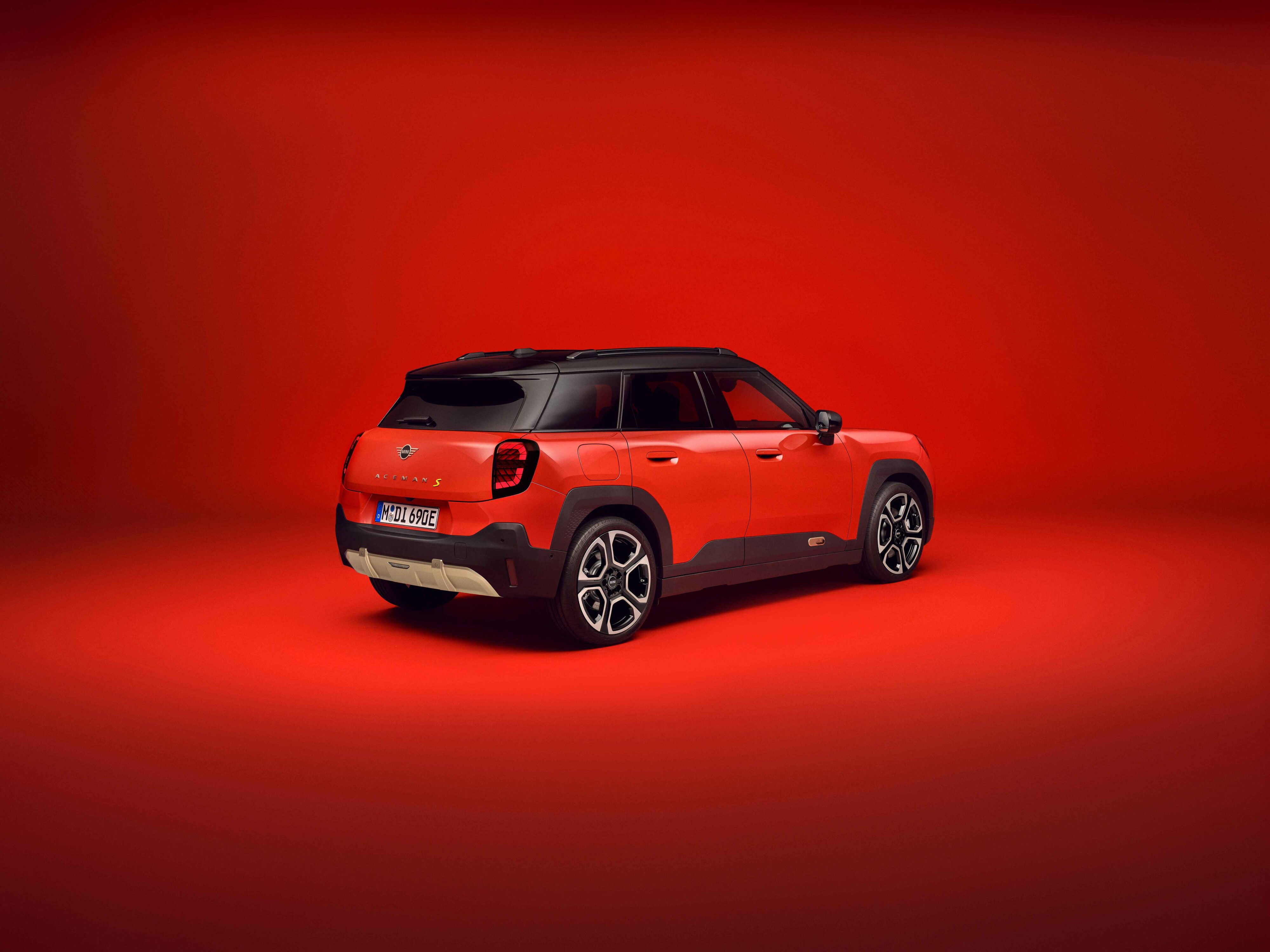
Are there any hidden design element that you would only see on closer inspection?
The idea behind us hiding little Easter eggs was knowing that people love discovering surprises. Not always in plain sight, but a little further down the line. Digital innovation allows for this sort of playfulness: for example, the navigation arrow can be depicted as a small MINI, or a large spinning record can be displayed on the central interface. And that’s how Spike was born, an animal friend who has always been a loyal companion to the brand. This gave rise to the idea of offering a kind of digital companion. That’s how Spike got on board the MINI and now lives in the display, so to speak.
What direction do you want the MINI design to take in the future?
As a team, we believe that our “creative mindset” will remain just as relevant to us as a guiding principle for future products. At the same time, we will focus even more strongly on the value of responsibility. Curiosity and responsibility – these are the values that we are introducing into the minds of the next generation.
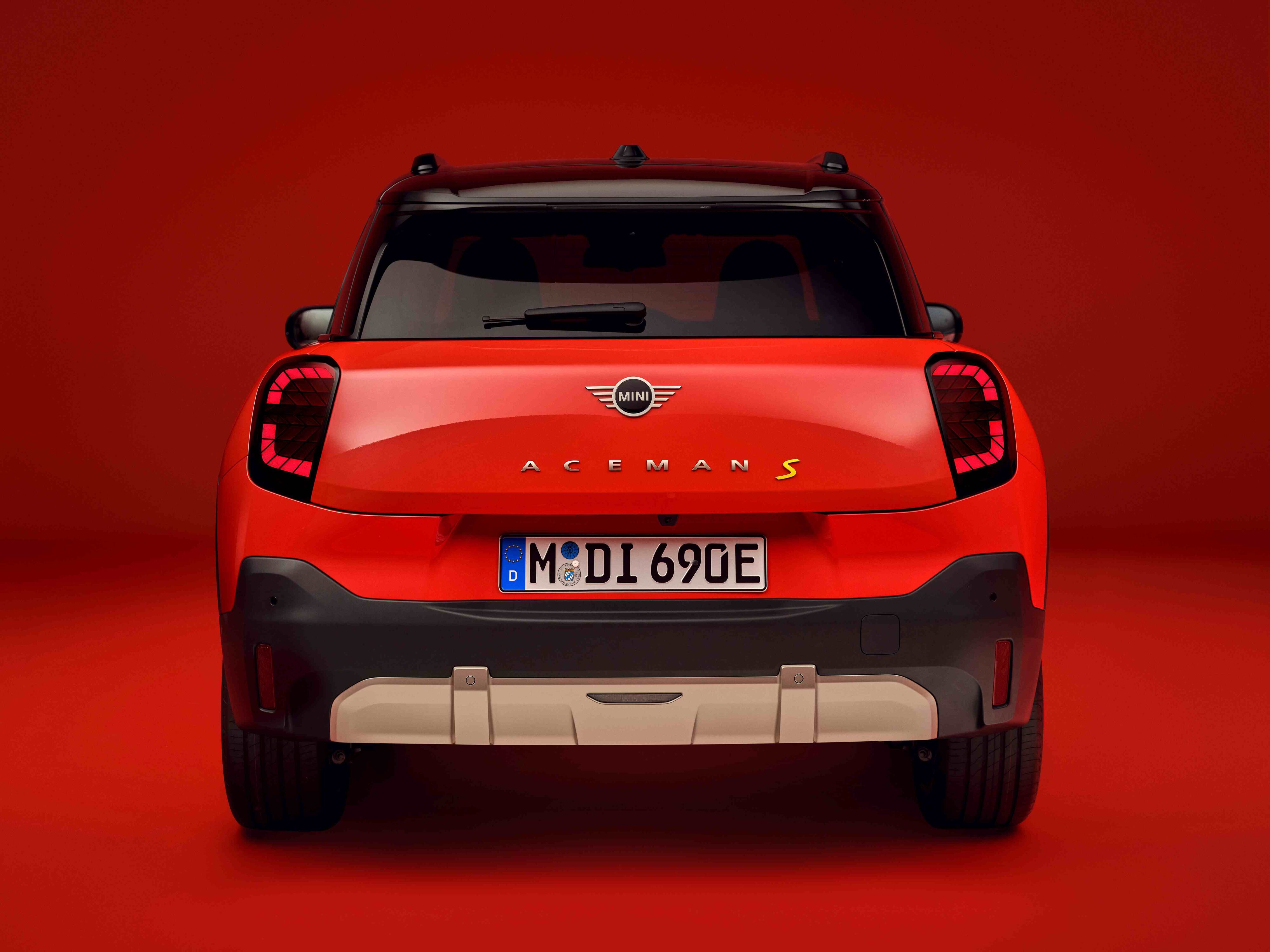
If there was a product outside the car segment that you could design – what would it be?
Many things come to mind, but if I had to choose one, I would say: a sailing boat. I’ve only been sailing maybe five times in my life, but I still have a fascination for open water and dealing with the natural forces that prevail there. I designed a trimaran together with a fellow student for my degree dissertation, with the question of whether it is possible to design “automotive” in an area of mobility that is not necessarily confined to the road – I believe that there is still enormous potential there.



